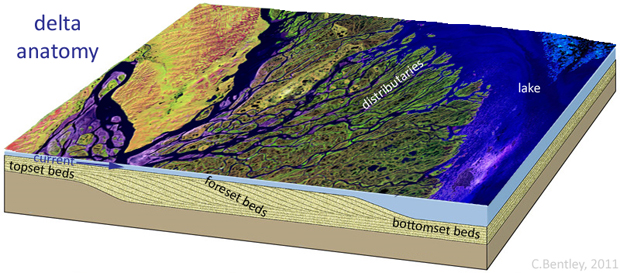Stirring up thoughts of death may influence people's support of intelligent design and evolution, according to new research.
Led by researchers at the University of British Columbia, the paper details the results from five studies in the journal PLoS ONE. The team found that existential thoughts, or those in which people were reminded of their own mortality, led subjects to view the theory of intelligent design more positively.
In line with the scientific community, the authors state that evolution, especially descent with modification through natural selection, is largely accepted as a way to study biological change over time.
NEWS: Poll: Belief in Evolution Increases
Intelligent design, as defined by the authors, "proposes that naturalistic accounts are insufficient to explain complex organic phenomena and that therefore an intelligent and presumably supernatural 'designer' is responsible for the origin of all life." This theory is not the same as creationism.
Despite the fact that 43 percent of Americans favor teaching intelligent design alongside evolution in classrooms, the theory lacks scientific support for its claims, the authors write. This too is in line with scientific consensus.
So why do people support intelligent design without scientific proof, especially when claims on evolution are backed by science?
The need to maintain psychological security may play a role.
In four studies, approximately 1,400 subjects -- college students and adults in Canada and the United States -- were asked to write about their feelings after imagining their own death. Groups were told to read passages about evolution and intelligent design afterward. Then, subjects rated the expertise of the author and reported their own belief in a particular theory.
NEWS: Culture (Not Just Genes) Drives Evolution
In a fifth study, researchers asked 269 college students similar questions after being presented with an intelligent design approach and a naturalist passage authored by Carl Sagan.
The team found that favoring intelligent design wasn't necessarily tied to religion or education. Rather, people share similar emotional reactions when faced with existential thoughts. Since intelligent design favors the idea that human life was created intentionally rather than through random natural processes, the authors write, it makes sense for people to lean toward explanations that maintain humans' importance in the universe.
But in conditions in which subjects were exposed to Carl Sagan's passage, people were more likely to rate a naturalistic approach more favorably, perhaps because it supports evolution while still maintaining humans' uniqueness in the cosmos.
Led by researchers at the University of British Columbia, the paper details the results from five studies in the journal PLoS ONE. The team found that existential thoughts, or those in which people were reminded of their own mortality, led subjects to view the theory of intelligent design more positively.
In line with the scientific community, the authors state that evolution, especially descent with modification through natural selection, is largely accepted as a way to study biological change over time.
NEWS: Poll: Belief in Evolution Increases
Intelligent design, as defined by the authors, "proposes that naturalistic accounts are insufficient to explain complex organic phenomena and that therefore an intelligent and presumably supernatural 'designer' is responsible for the origin of all life." This theory is not the same as creationism.
Despite the fact that 43 percent of Americans favor teaching intelligent design alongside evolution in classrooms, the theory lacks scientific support for its claims, the authors write. This too is in line with scientific consensus.
So why do people support intelligent design without scientific proof, especially when claims on evolution are backed by science?
The need to maintain psychological security may play a role.
In four studies, approximately 1,400 subjects -- college students and adults in Canada and the United States -- were asked to write about their feelings after imagining their own death. Groups were told to read passages about evolution and intelligent design afterward. Then, subjects rated the expertise of the author and reported their own belief in a particular theory.
NEWS: Culture (Not Just Genes) Drives Evolution
In a fifth study, researchers asked 269 college students similar questions after being presented with an intelligent design approach and a naturalist passage authored by Carl Sagan.
The team found that favoring intelligent design wasn't necessarily tied to religion or education. Rather, people share similar emotional reactions when faced with existential thoughts. Since intelligent design favors the idea that human life was created intentionally rather than through random natural processes, the authors write, it makes sense for people to lean toward explanations that maintain humans' importance in the universe.
But in conditions in which subjects were exposed to Carl Sagan's passage, people were more likely to rate a naturalistic approach more favorably, perhaps because it supports evolution while still maintaining humans' uniqueness in the cosmos.
» Read More...
















